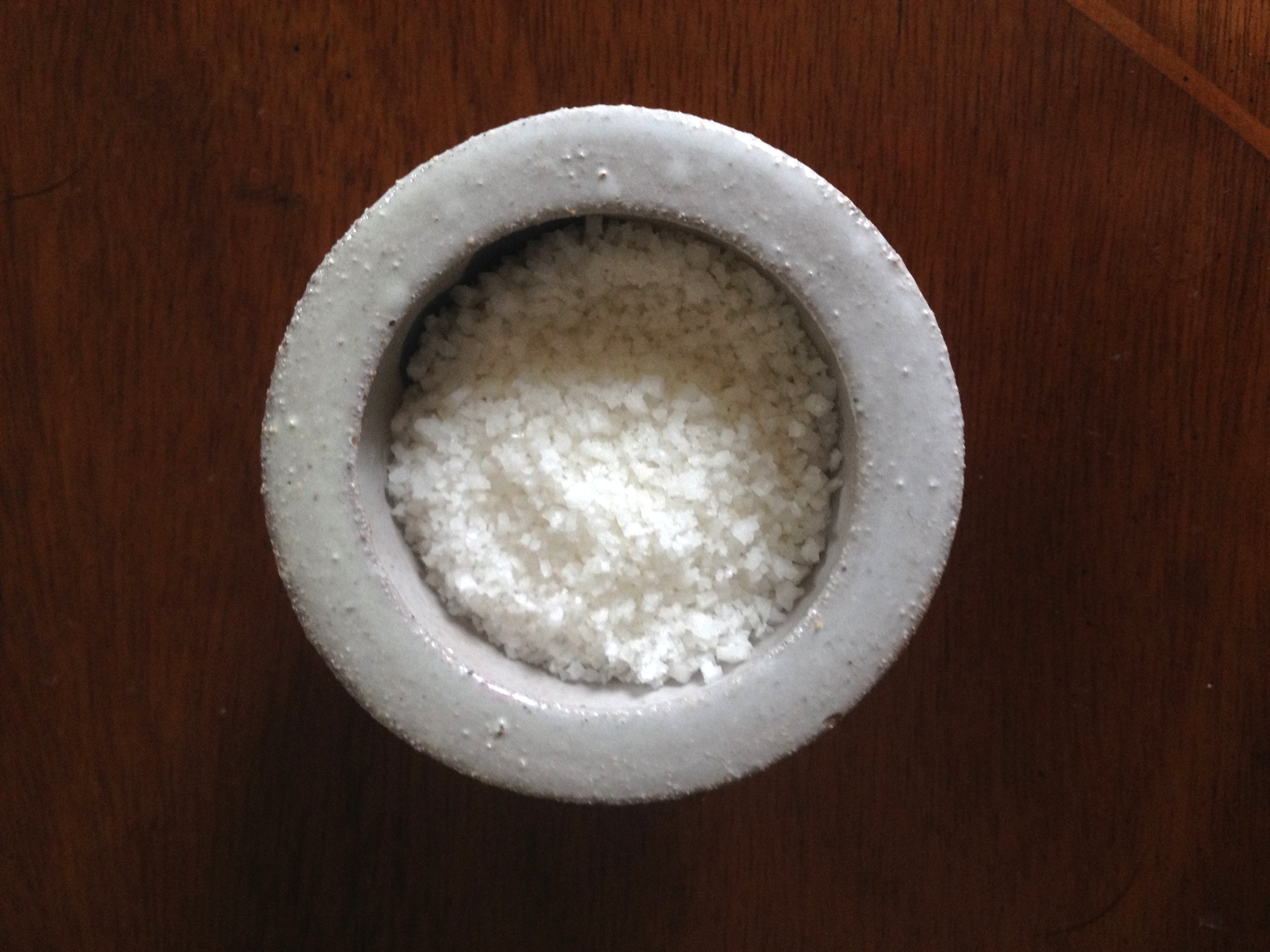Sea Salt
We make sea salt directly from Cape Cod seawater, harvested in Chatham and Falmouth, Massachusetts, and a few other locations on Cape Cod. We concentrate the brine two different ways depending on the season. During the warmer months of the year (May through October) we evaporate seawater down the traditional way using just the sun and wind. We call this “summer salt.” However, during the colder months (December through March) when solar evaporation rates are very low, we allow the seawater to freeze on cold days and nights and then remove the ice that forms. Here we take advantage of a natural oceanic process called “brine rejection,” that occurs when seawater freezes and the dissolved salt is separated from water during ice crystalization. We call the resulting salt “winter salt.”
Tradition
Salt works were numerous throughout the Cape’s shore lands in the early to mid-1800s; both Chatham and Falmouth were major centers of salt production on the Cape. Up until 2015 we made our salt in Chatham’s Old Village, on land that had been farmed and tended by several generations of our family. This past year we’ve moved our operation to the Pariah Dog Farm in Falmouth.
Salt Science
Seawater is about 3% salt—so it takes about 5 gallons of seawater to make 1 pint of salt. Sea salt is mostly (~86%) Sodium Chloride (NaCl), but also includes a host of other natural salts (e.g., CaCO3, CaSO4 2H2O, MgCl2, MgSO4, NaBr, KCl). Depending upon the specifics of the weather the day of “salting off” when the brine is brought all the way down to salt crystals, the sea salt produced will contain different fractions of these trace salts as well as a certain tiny fraction of very pickled and dried marine micro-biology (e.g., plankton, algae) as well as local pollens in their seasons.
We collect seawater from specific waters at different times—so the salts produced in these “batches,” while broadly similar, have somewhat different flavors, textures and trace ingredients. So both the source as well as the weather on “salting off” days will affect the texture and taste of the sea salt produced. For these reasons, we label each bottle of our sea salt with the water source, the day of collection and the day of harvest – sea salts from different harvests are therefore unique.



